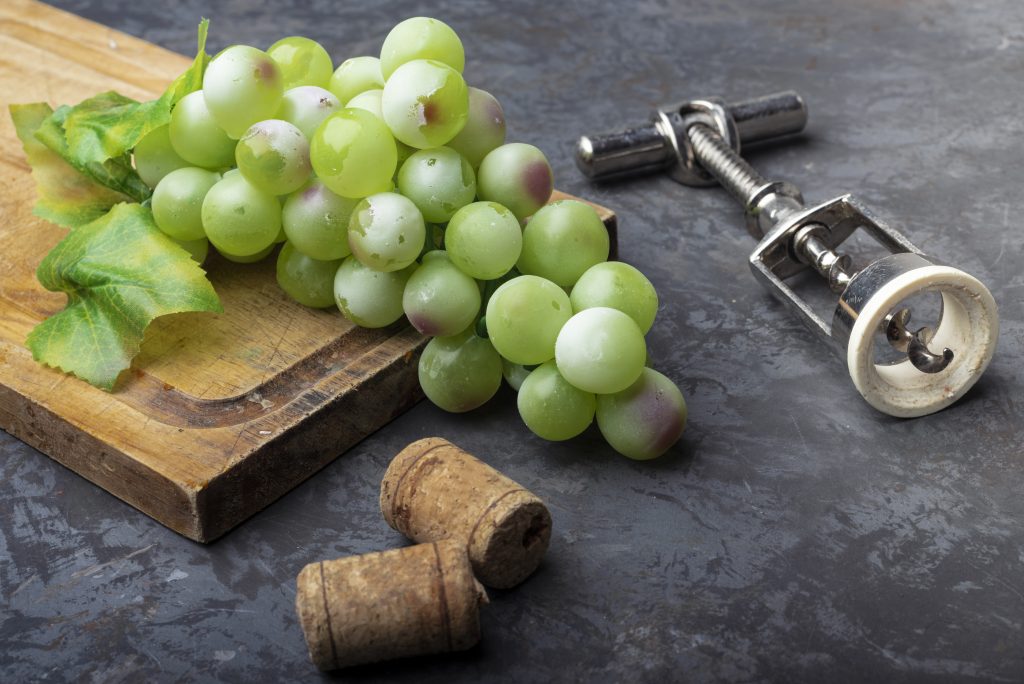The Verdejo grape variety is behind some of Spain’s most outstanding white wines. Aromatic, fragrant, herbal, fresh and light, its wines reflect a shy acidity and often have no ageing time. Here we explain everything you need to know about this great grape variety.
The Verdejo variety gets its name from the green colour of its grapes. It is native to the Rueda wine region in Castilla y León, where it was supposedly introduced by the Mozarabs. Although it is the main variety in the Rueda denomination of origin, it is also very popular in Castilla La Mancha and Extremadura.

Characteristics of the Verdejo variety
The Verdejo variety has small-medium sized compact clusters of thick-skinned grapes with a distinctive blue-greenish bloom. It is characterised by early-medium budding and ripening. It is not very vigorous and fertile, so long pruning is recommended.
Another important fact is that it is a drought-resistant variety and adapts well to clay soils poor in organic matter. It is also very sensitive to powdery mildew.

Verdejo wines
Verdejo wines are very aromatic with notes of laurel, hay, freshly cut grass and bitter almonds. They are full-bodied wines with moderate acidity.
Generally, white wines are made without ageing, although there are good examples of white wines aged in wood. In Rueda, Verdejo is often blended with Sauvignon Blanc.
Of the Verdejo producers, some of the most prominent are Belondrade y Lurtón, José Pariente, Lorenzo Cachazo, Marqués de Riscal, Naia, Ossian and Javier Sanz.






